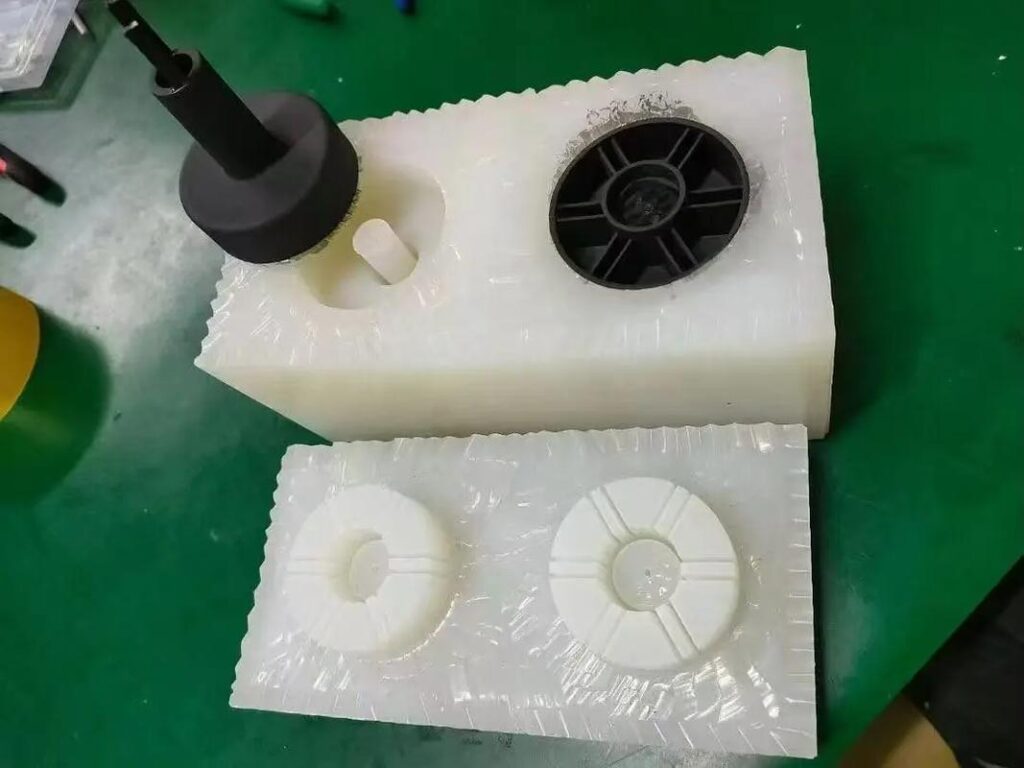Small batches with low production can be molded with plastic vacuum casting. For newly developed products that require market promotion, participation in exhibition samples, products with already low market demand, trial production inspection samples, etc., it is recommended to use plastic vacuum casting for processing and forming, because the cost and risk of injection molding with steel molds are high for small quantities, and the flexibility of the second improvement is poor. If the plastic vacuum casting replication process is used, firstly, the cost of this type of mold is very low and can meet most of the quality requirements. Secondly, the flexibility of the improvement is high, and it does not require too much time and materials to modify. The cost of using silicone to replicate is much lower, and I will share some knowledge with relevant personnel, which can be considered a benefit for readers! If the material of the plastic vacuum casting is large, some parts of the product can be made of old materials (which can be used after two processes), provided that it does not affect the quality of the mold. Because the product volume is large, the production cycle of the processed product and the mold production cycle can overlap, so the overall cycle has little impact, but the cost is greatly reduced for customers.
The size of plastic vacuum casting varies: due to the fact that low-pressure injection is a larger prototype, naturally, plastic vacuum casting will be relatively larger and harder; The vacuum composite mold produces smaller prototypes, so the volume of the plastic vacuum casting will be smaller. The difference in volume of plastic vacuum casting is also a significant difference between them.
However, the principle of vacuum composite molds is similar to that of low-pressure injection. They all replicate prototypes through physical objects, then make plastic vacuum casting from the prototypes, and then replicate them in batches through the plastic vacuum casting. As can be seen from the above, the main difference between vacuum replication and low-pressure infusion is the volume of the replicated prototype. The volume and size of plastic vacuum casting are different, but the principle is similar, and they are all suitable for small-scale production.
The use of silicone film as an auxiliary tool for product development can achieve products in a shorter delivery time, and the low processing cost can greatly reduce early development costs. The materials that can be replicated by plastic vacuum casting include ABS, PC (semi transparent) pp、PA、 Silicone, soft rubber, etc.

